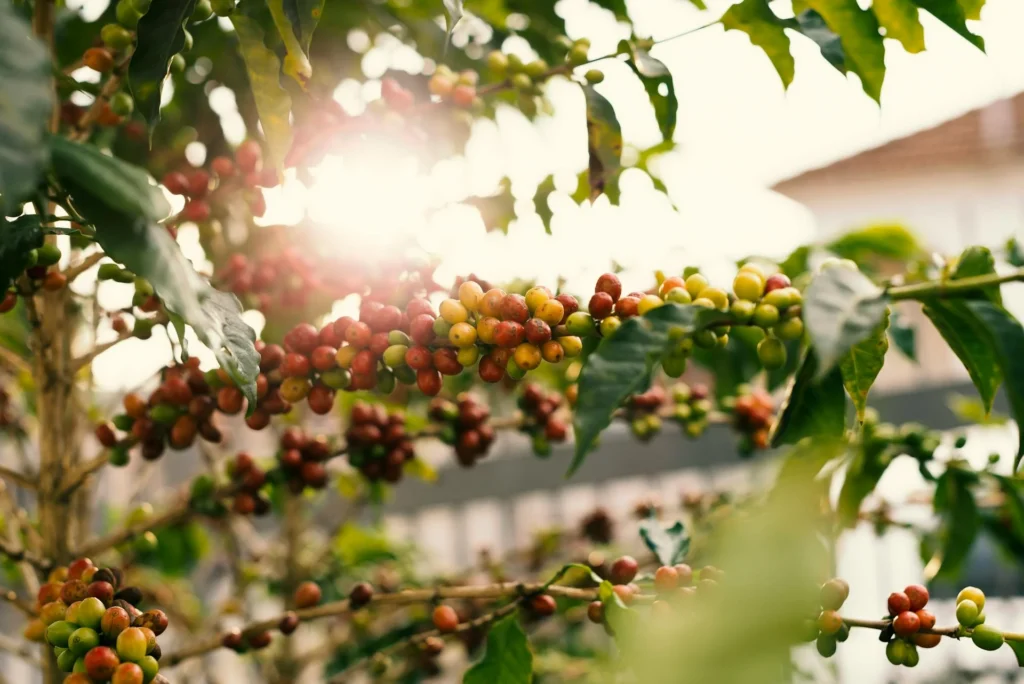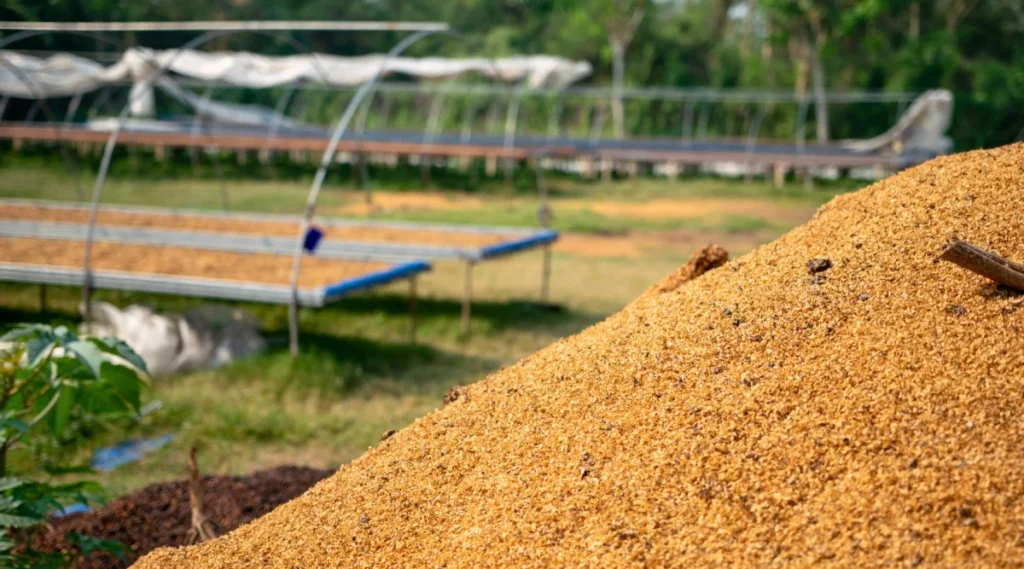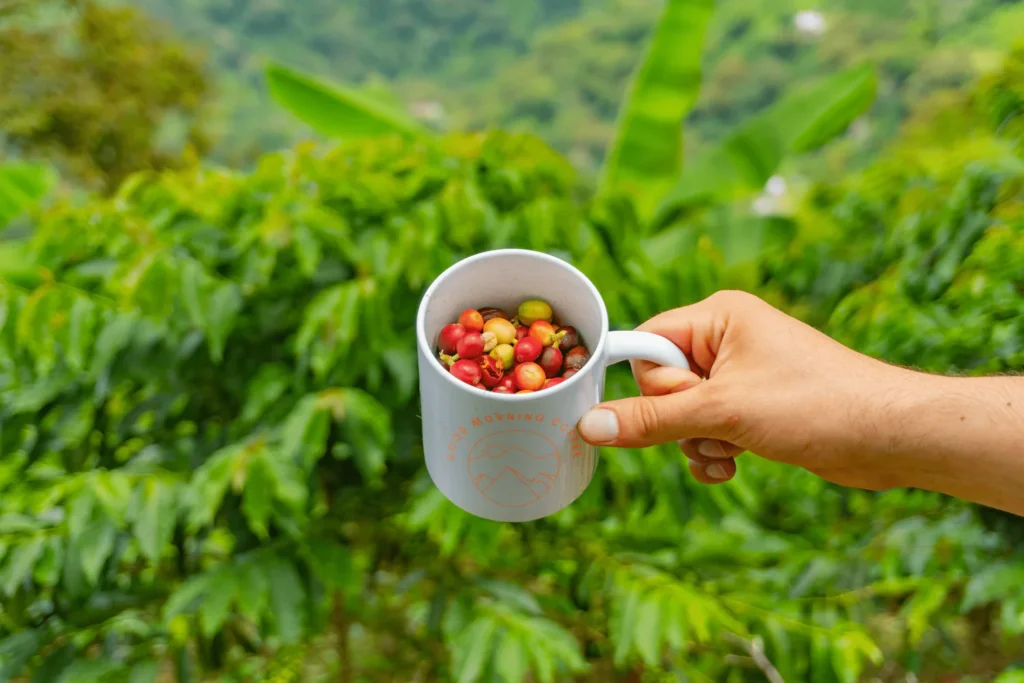Processing is one of the most important—yet often overlooked—factors in how coffee behaves in an espresso machine. Two of the most common methods, washed (wet) processing and natural (dry) processing, create wildly different flavor profiles and extraction behaviors. In the world of espresso, where pressure, solubility, and consistency matter more than ever, understanding these processing styles is essential.

In this article, we’re breaking down washed vs natural processed beans for espresso, because how your coffee is processed changes everything. From fruity bursts to clean clarity, the method behind the bean can completely shape your espresso’s body, sweetness, and complexity.
What Does Coffee Processing Mean?

Coffee processing refers to how the fruit of the coffee cherry is removed from the seed (the bean) after harvesting. This crucial step influences:
- Moisture content
- Sugar exposure
- Enzymatic breakdown
- Flavor compounds
- Density and roast behavior
The two main styles used in specialty coffee are washed (wet) and natural (dry).
Washed Processed Coffee: Clean and Bright

What It Is:
- The coffee cherry is mechanically depulped
- Beans are fermented in water to remove mucilage
- Then washed and dried, usually on patios or raised beds
Flavor Profile in Espresso:
- High clarity and cleanliness
- Acidity-forward—lemon, orange, apple
- Light to medium body
- Consistent results
Image 4: Washed Ethiopia espresso labeled “jasmine, lemon zest, clean finish”
Natural Processed Coffee: Sweet and Funky

What It Is:
- The entire cherry is dried intact, with mucilage and skin
- After drying, the fruit is mechanically removed
- Drying can take 2–4 weeks, depending on conditions
Flavor Profile in Espresso:
- Heavier body and mouthfeel
- Fruit-forward notes—blueberry, strawberry, tropical fruit
- Lower perceived acidity
- Can have fermented or “funky” tones
How Processing Affects Espresso Extraction
Processing Method Solubility Channeling Risk Crema Production Consistency
Washed High Low Moderate High
Natural Moderate High High Variable
Washed Beans:
• More uniform density and moisture
• Roast evenly → extract evenly
• Excellent for dialing in precision espresso shots
Natural Beans:
• Drying-in-cherry leads to bean-to-bean variability
• More prone to roasting inconsistencies
• Can produce channeling in puck prep if not distributed well
• Great crema, big body, but require careful handling
Which Is Better for Espresso? Washed vs Natural Processed Beans

There’s no “better,” but here’s how they compare:
Choose Washed If You Want:
• Bright, clean flavors
• High consistency
• Less channeling risk
• Emphasis on terroir and regional character
Choose Natural If You Want:
• Syrupy body and wild aromatics
• Lower acidity
• Flavor that stands up to milk
• Bigger visual crema
Roasting Considerations by Process
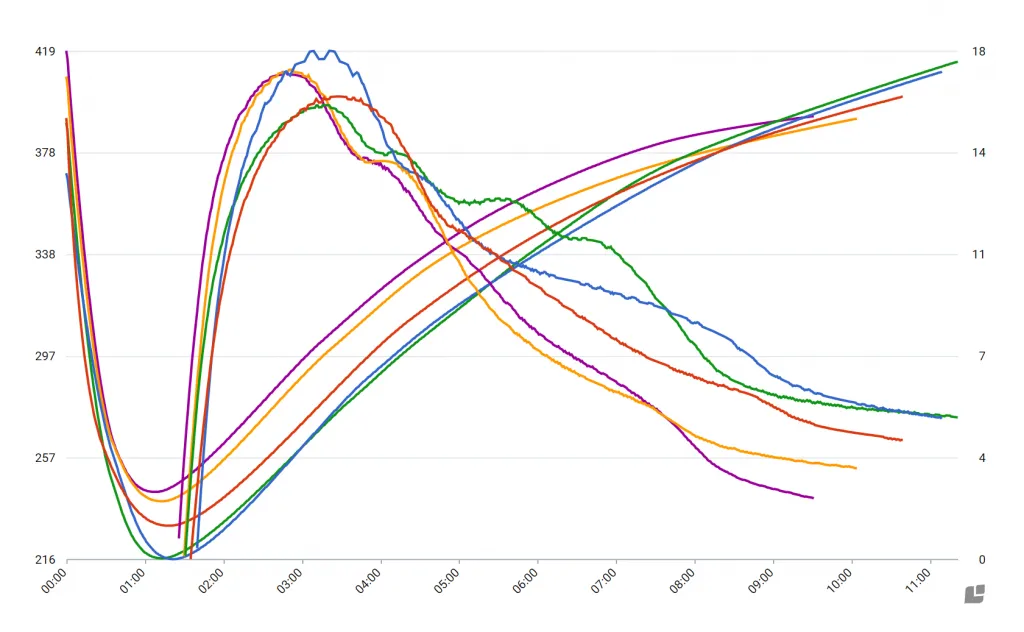
Washed Beans:
• Even moisture = even roasting
• Can be roasted light to medium for clarity
• Shorter development times work well
Natural Beans:
• Require gentle heat application to prevent scorching
• Extended Maillard and development phases recommended
• Often roasted medium to medium-dark to balance fruit and body
Dialing In Espresso for Each Process

Washed Espresso Recipe:
• Dose: 18g
• Yield: 36–38g
• Time: 27–30 seconds
• Temp: 198–201°F
• Notes: Aim for clean acidity and balanced sweetness
Natural Espresso Recipe:
• Dose: 18.5g
• Yield: 34–36g
• Time: 28–31 seconds
• Temp: 196–198°F
• Notes: Lower temp helps tame fermentation edge; pre-infusion helps
When to Use Each Process in Blends
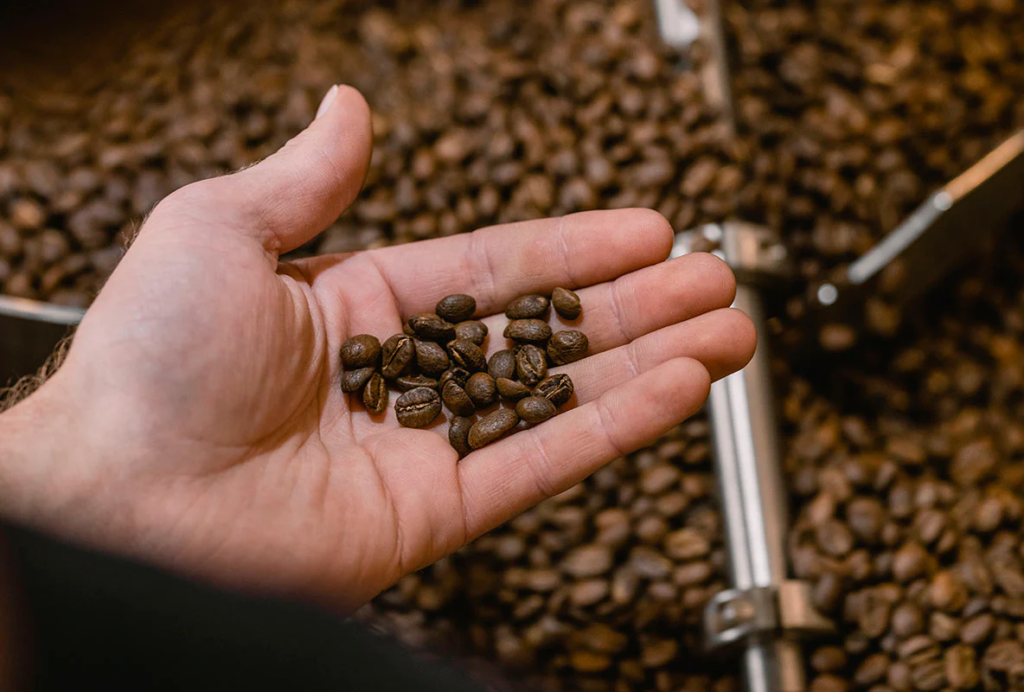
- Washed beans often form the bright top-end of a blend
- Naturals form the body and sweetness backbone
- Ideal espresso blends use both for balance
Pros and Cons Recap
- Attribute Washed Natural
- Acidity Higher, citrusy Milder, often berry-like
- Body Medium, tea-like Heavy, syrupy
- Flavor Clarity Very high Lower but often more fun
- Risk of Inconsistency Low Moderate to high
- Crema Balanced Thick, visually stunning
- Milk Pairing Good but subtle Excellent with milk
Specialty Variations: Honey, Anaerobic & Beyond

Though washed and natural are most common, espresso is seeing a rise in:
• Honey Processed: Mucilage left on → balanced, sweet, creamy
• Anaerobic Fermentation: Controlled fermentation in tanks → intense aromatics and fruit bomb espresso
• Experimental Naturals: Controlled drying to amplify wildness without defects
These are often single origin espresso showcase items in high-end cafés.
Final Thoughts: Two Paths to Great Espresso
Washed and natural coffees offer espresso drinkers two distinct journeys:
• Washed for clarity, consistency, and acid-driven complexity
• Natural for richness, fruit depth, and bold body
Mastering both allows you to adapt your espresso menu to your style, your gear, and your drinker’s palate.
Written by Jose Luis Surjan
Espresso & Latin Food Expert

